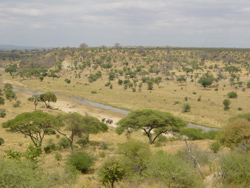 |
Serengeti National Park |
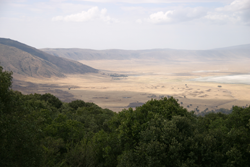 |
Ngorongoro Crater |
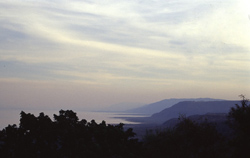 |
Lake Manyara |
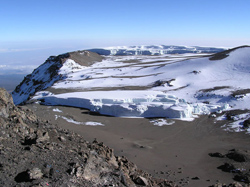 |
Glacier at summit of Mt. Kilimanjaro |
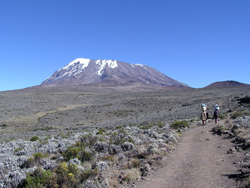 |
Mount Kilimanjaro |
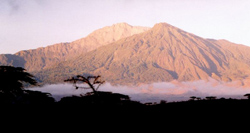 |
Mount Meru |
Welcome to Tanzania
Tanzania is arguably one of Africa’s best-kept secrets. Tanzania’s national parks and conservation areas cover an area in excess of 200 000 square kilometres/76 200 square miles. On a Tanzania safari one can gaze in awe as millions of herbivores cross the Serengeti in their annual migration, marvel at the Ngorongoro Crater, the world’s largest unbroken caldera and explore the remote Selous Game Reserve.
SAFARIS AND TAILORMADE TRAVEL: TANZANIA
Serengeti National Park
The Serengeti National Park spans 14 800 square kilometres/5714 square miles reaching up to the Kenyan border in the north and is claimed to be one of the finest Parks in Africa, with its vast, open grasslands allowing for excellent wildlife sightings.
Ngorongoro Crater
The Ngorongoro Crater is the largest intact caldera in the world, and some scientists maintain that, before it erupted, it would have been higher than Mount Kilimanjaro, the highest point in Africa. The Crater is situated in a Conservation Area, where wildlife is protected and the Maasai herdsmen graze their cattle side by side with predators and prey.
Lake Manyara
Lake Manyara National Park is one of the most diverse of Tanzania’s national parks, a tiny (325 square kilometres/125 square miles) combination of Rift Valley soda lake, dense woodlands and steep mountainside. The Park was established specifically to protect the elephant herds that have made the area world-renowned.
Ruaha National Park
At 12 950 square kilometres/5000 square km, Ruaha is only marginally smaller than the Serengeti, and is pristine and untouched Africa. Bordered in the north by the Kizigio and Rungwa River Game Reserves, together they form a 26 500 square km/10 232 square mile conservancy, one of the biggest in East Africa.
Tarangire National Park
About 120 kilometres/75 miles south of Arusha on the Dodoma road, Tarangire rivals the Serengeti for the size of the herds that congregate from June to November when many of the animals mass along the Tarangire River.
Tanzanian Coastline
For thousands of years the beautiful waters of Tanzania’s Indian Ocean have been a magnet for traders, fishermen and explorers from the Far East, Persia and the Arabian Peninsula. These exotic influences have resulted in a wonderful mix of cultures, style, architecture, cuisine and people.
Mount Kilimanjaro
Known affectionately as ‘Kili’, Mount Kilimanjaro is the highest ‘stand-alone’ mountain in the world, and is a breathtakingly impressive sight that can, on a clear day, be seen from 320kilometres/198 miles away. It rises from an average altitude of 1000m/3281ft on the plain to 5895m/19341ft – a climber’s dream peak.
Mahale Mountains
The Mahala Mountains National Park lies 120 kilometres / 75 miles south of Kigoma, on a peninsula that juts out into Lake Tanganyika. The Park covers an area of 1613 square kilometres (623 square miles) and its western boundary protects not only 63 kilometres / 39 miles of lakeshore but also the adjacent 1.6 kilometre-wide strip of coastal waters.
Arusha
Arusha is a small Tanzanian town nestled in the shadow of Mount Meru with commanding views of the mighty Kilimanjaro. The gateway to the Northern safari circuit, Arusha is more popular with tourists. The neighbouring Arusha National Park lies within the Ngurdoto Crater, a volcano that has been extinct for a quarter of a million years. Covering 137 square kilometres/53 square metres, the terrain is similar to that of Mount Kilimanjaro.
Pemba Island
Pemba is an island redolent with the heady aroma of spices, as much of the land is covered with spice trees. There are numerous ruins, some dating back to the 13th century, worth exploring on Pemba. Resident wildlife includes the Pemba puddle frog and the Pemba flying fox (an endemic fruit bat).
Get started with your safari, and inquire about rates for Tanzania
back to Top
|

